The Amarnath Yatra is one of the most significant spiritual journeys in India, attracting thousands of pilgrims every year. Located in the state of Jammu & Kashmir, this sacred trek leads devotees to the Amarnath Cave Shrine, situated at an altitude of around 3,888 meters (12,756 feet). Amarnath Yatra.
Inside the cave, a naturally formed ice Shiva Lingam is worshipped, symbolizing Lord Shiva. According to legends, this is the place where Lord Shiva revealed the secret of immortality to Goddess Parvati.
The Yatra is not only a religious journey but also a trek through breathtaking Himalayan landscapes—snow-capped peaks, glacial rivers, and pristine valleys make the route spiritually uplifting and visually stunning.
Best Time to Visit
- The Amarnath Yatra is seasonal, usually open from late June to August.
- The pilgrimage coincides with the Shravan month in the Hindu calendar.
- July and early August are considered the best times, with relatively stable weather.
- Winters are harsh and the routes remain closed due to heavy snowfall.
How to Reach Amarnath Yatra
By Air
- The nearest airport is Srinagar International Airport, about 70 km from Pahalgam and 55 km from Baltal, the two main base camps.
- Regular flights connect Srinagar with Delhi, Mumbai, Jammu, and other major cities. Amarnath Yatra.
By Train
- The nearest railway station is Jammu Tawi Railway Station (approx. 300 km away).
- From Jammu, buses, taxis, and shared cabs are available to Srinagar and further to base camps.
By Road
- Well-connected roads lead to both Baltal (shorter route, 14 km trek) and Pahalgam (longer route, 36–48 km trek).
- State-run buses, private taxis, and rental cars are available from Jammu and Srinagar.
Entry Fees and Permits
- There is no direct entry fee, but every pilgrim must register for the Yatra.
- Registration is done through authorized banks and online portals.
- A Compulsory Health Certificate (CHC) is required for all participants.
- Charges for transport, ponies, palanquins, and helicopter services vary depending on availability.
- Fees are approximate and subject to change each year.
Food Availability and Meal Options
- Langars (community kitchens) are set up along the route, serving free vegetarian meals, tea, and snacks to pilgrims.
- At base camps (Pahalgam and Baltal), small eateries and food stalls offer simple vegetarian meals.
- Packaged foods like biscuits, dry fruits, and energy bars are widely available.
- It is recommended to carry lightweight dry snacks and bottled water during the trek. Amarnath Yatra.
Packing List and Essentials
When preparing for the Yatra, pack light but smart:
- Warm clothing (thermal wear, woolen sweaters, jackets)
- Waterproof trekking shoes
- Raincoat or poncho
- Woolen caps, gloves, and socks
- Trekking stick for support
- First-aid kit and personal medicines
- ID proof and photocopies
- Backpack with rain cover
- Energy bars, dry fruits, and glucose packets
- Flashlight and extra batteries
Safety Tips and Local Regulations
- Only those aged between 13 and 70 years are allowed.
- Pregnant women beyond 6 months are not permitted.
- Carry a medical certificate and undergo a health check before registering.
- Respect the high-altitude environment; avoid littering and always use designated rest points.
- Follow the instructions of security personnel and trek leaders.
- Weather conditions change rapidly; always stay in groups and avoid trekking after dark.
Tips for Beginners or First-Time Visitors
- Start physical fitness training at least a month before the Yatra.
- Practice walking long distances and climbing stairs to build stamina.
- Acclimatize in Srinagar or Pahalgam for a day or two before starting the trek.
- Hire ponies or palkis if unable to walk long distances.
- Travel light; excess baggage can slow you down.
Local Customs and Cultural Etiquette
- Dress modestly and respect local traditions.
- Avoid alcohol, smoking, or non-vegetarian food during the Yatra.
- Greet fellow pilgrims with respect.
- Maintain silence in prayer areas.
- Photography may be restricted near the shrine; always check before taking pictures.
FAQ Section
1. What is the duration of the Amarnath Yatra trek?
- From Baltal: 1–2 days (14 km one way).
- From Pahalgam: 3–5 days (36–48 km trek).
2. Is the trek very difficult?
- The Baltal route is shorter but steeper.
- The Pahalgam route is longer but more gradual and scenic.
3. What is the altitude of Amarnath Cave?
- Approximately 3,888 meters (12,756 feet) above sea level.
4. Are restrooms available on the route?
- Yes, portable toilets and rest stops are provided at designated intervals.
5. Is helicopter service available?
- Yes, helicopter services operate from Baltal and Pahalgam (subject to weather conditions).
6. Do pilgrims need prior registration?
- Yes, registration and a medical fitness certificate are mandatory.
7. What type of accommodation is available?
- Tented camps, guest houses, and lodges at base camps. Limited facilities are available on the route.
8. Can children participate?
- Children below 13 years are not allowed due to high altitude risks.
9. What should one do in case of altitude sickness?
- Rest immediately, drink warm fluids, and inform nearby medical aid camps. Oxygen support is available en route.
10. Is photography allowed inside the Amarnath Cave?
- Photography is usually restricted inside the cave; follow local guidelines.
Conclusion
The Amarnath Yatra is more than a trek—it is a blend of spirituality, adventure, and natural beauty. From the mystical ice lingam to the rugged Himalayan paths, every step of the journey brings both challenge and devotion. By preparing well, respecting local rules, and traveling responsibly, this pilgrimage can be a truly life-changing experience. Amarnath Yatra.
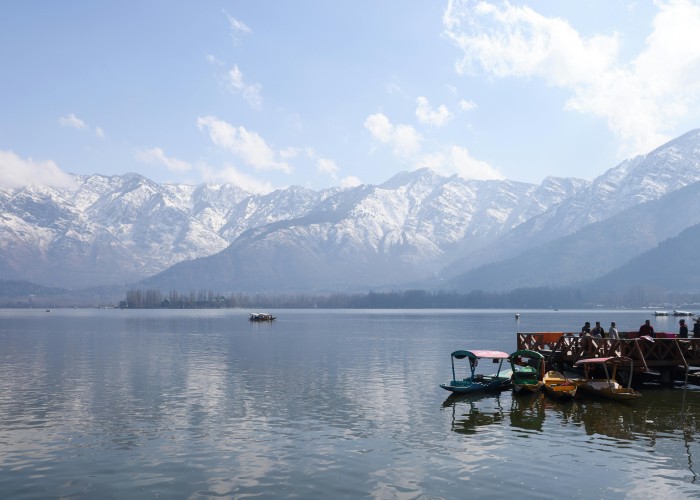
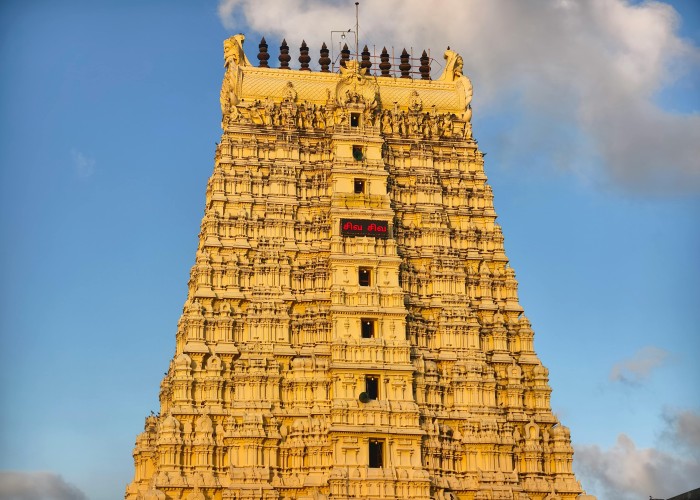
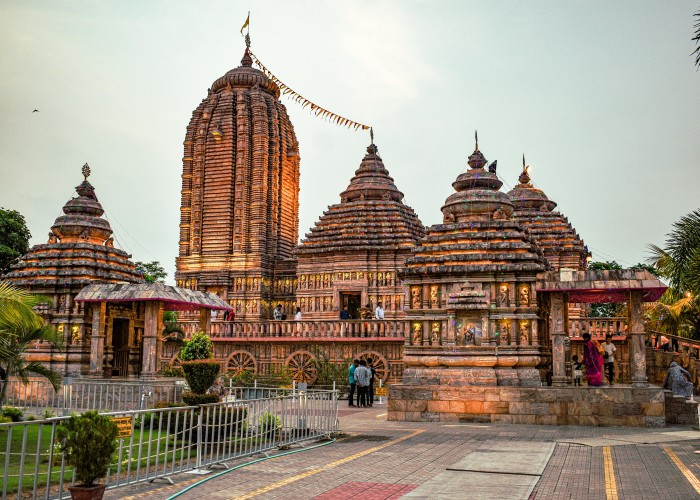
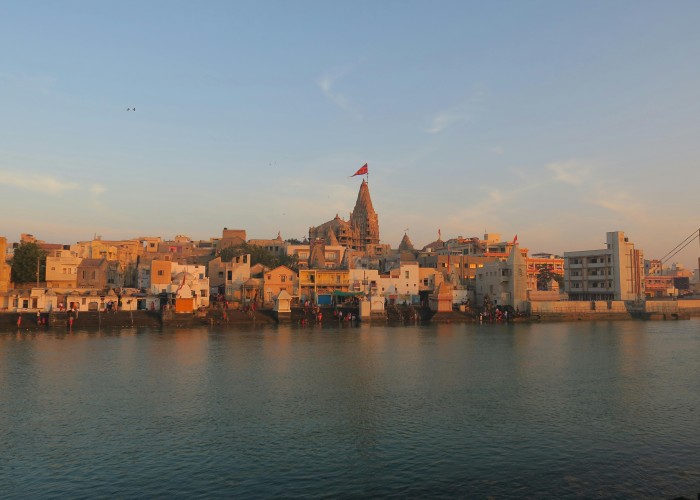
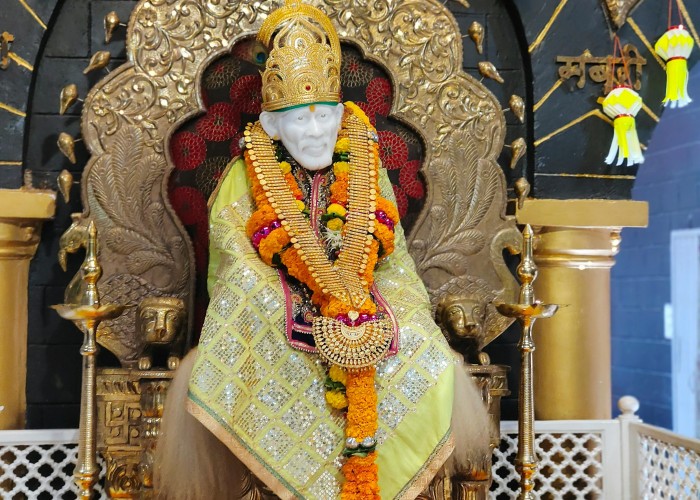
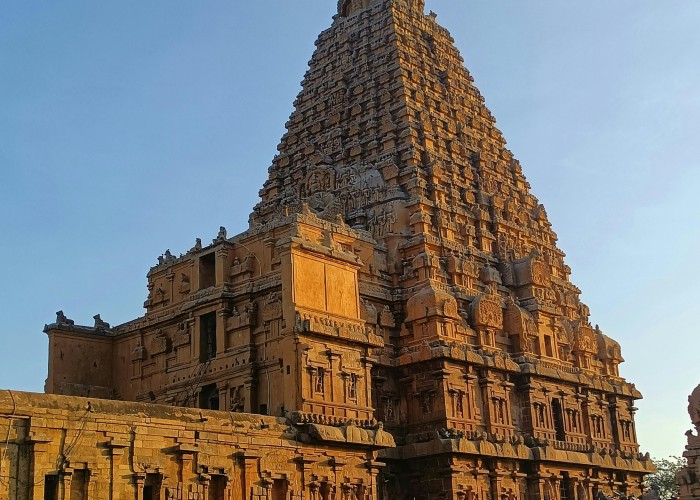
Leave a Reply